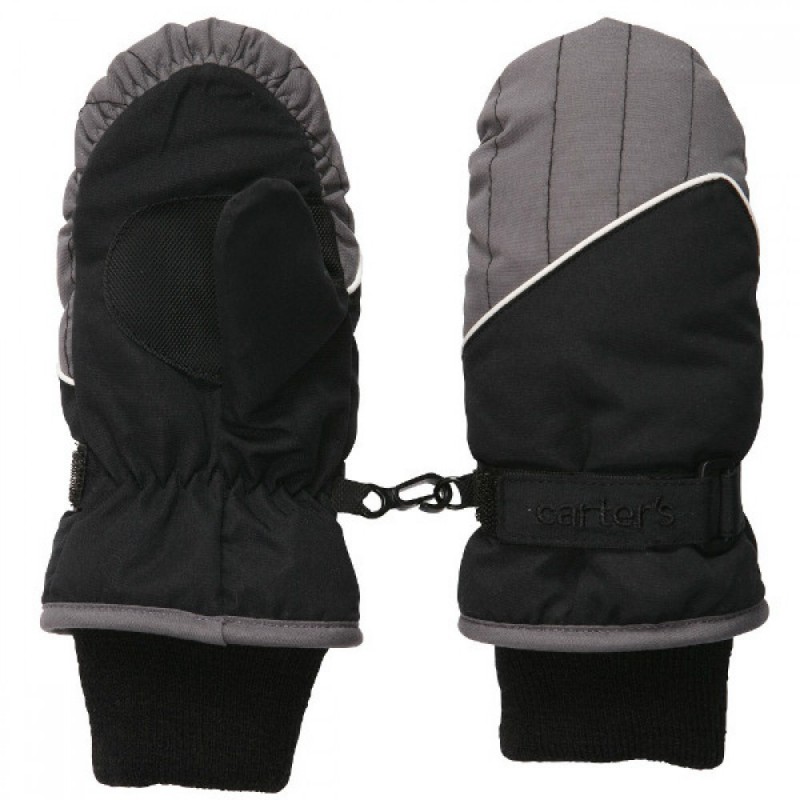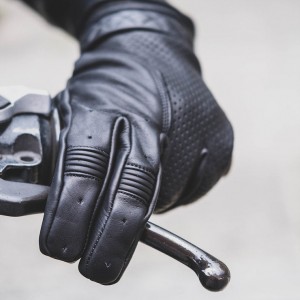
Premium Material The snowboard mitten are made of premium material polyester, which is comfortable and warm to wear, durable.
All-match Easy for you to match with various clothes and convenient to put on and get off, and very warm to wear when playing outside in cold weather.
Convenient to Use With a hook, it can be connected together in case of losing, can also be hanged on your neck with a ribbon, easy to carry and store.
Practical The gloves wrist can fully cover children's hands and wrists so as to prevent water or snow from contacting hands.
Suitable occasions These kids mittens are suitable for a lot of occasions, such as skiing, playing with snow, snowboarding, walking, running and other outdoor activities in winter.
Material Polyester
Color Gray/Blue/Red/Navy/Pink/Black
Sport Skiing, Snowboarding, Running, Outdoor
- Model: VE-4233









